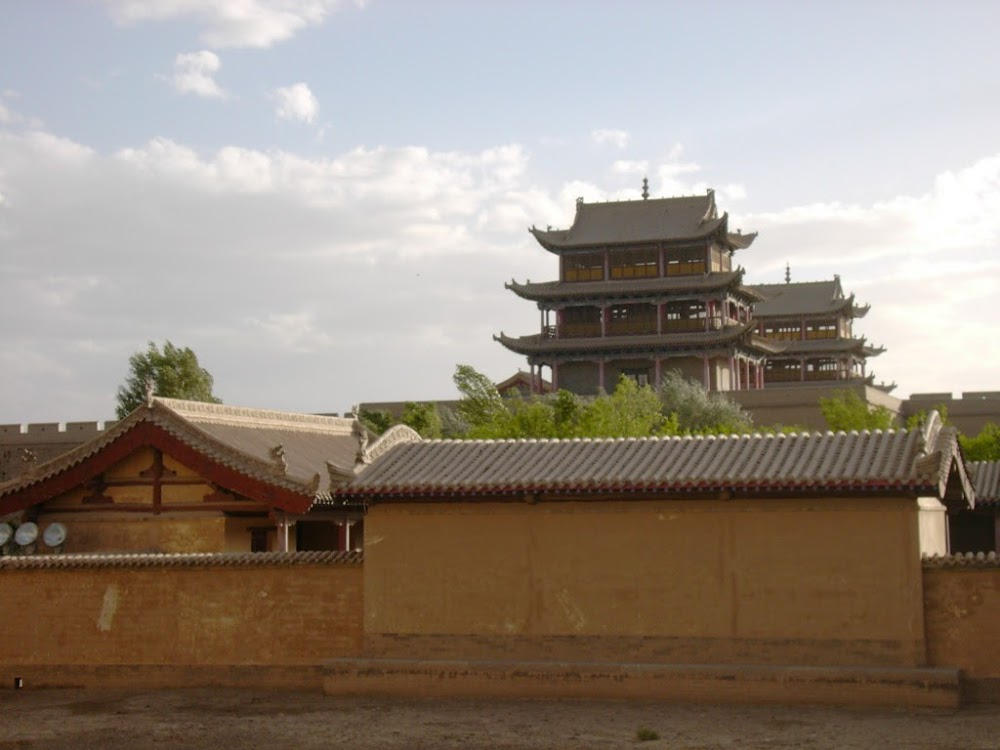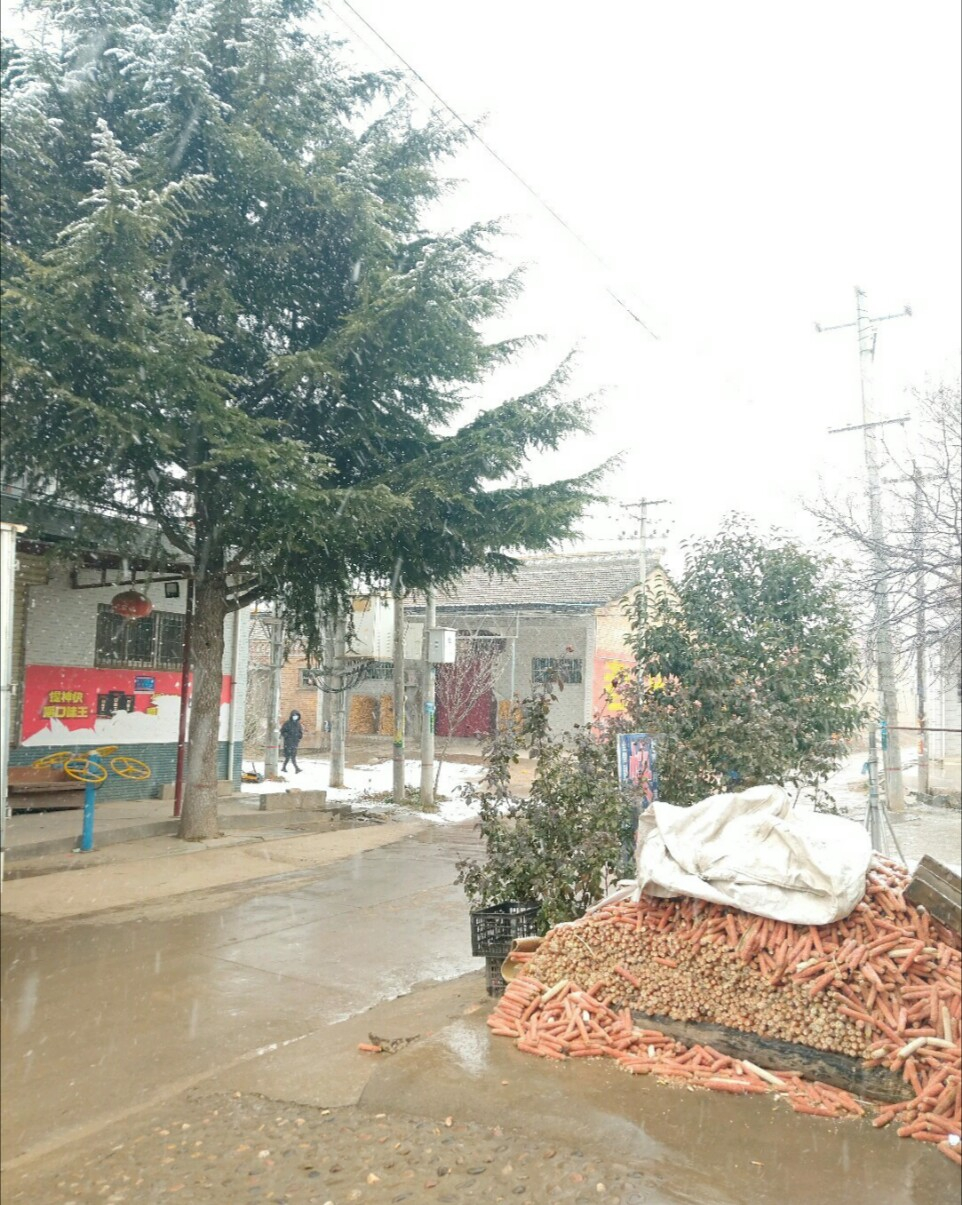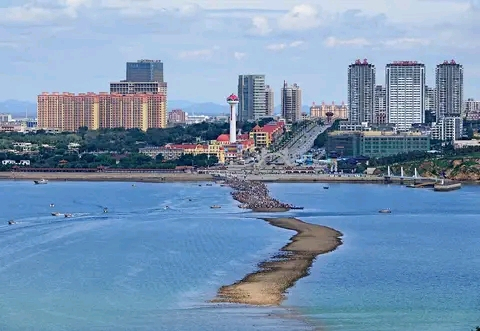The Great Wall: From Beginning to End Filming Locations

Where was The Great Wall: From Beginning to End filmed? The Great Wall: From Beginning to End was filmed in 9 locations across China, Mongolia and North Korea in the following places:
The Great Wall: From Beginning to End Filming Locations
China, officially the People's Republic of China, is a country in East Asia. With a population exceeding 1.4 billion, it is the world's second-most populous country after India. China spans the equivalent of five time zones and borders fourteen countries by land.
Mongolia, a nation bordered by China and Russia, is known for vast, rugged expanses and nomadic culture. Its capital, Ulaanbaatar, centers around Chinggis Khaan (Genghis Khan) Square, named for the notorious founder of the 13th- and 14th-century Mongol Empire. Also in Ulaanbaatar are the National Museum of Mongolia, displaying historic and ethnographic artifacts, and the restored 1830 Gandantegchinlen Monastery.
Beijing, China’s sprawling capital, has history stretching back 3 millennia. Yet it’s known as much for modern architecture as its ancient sites such as the grand Forbidden City complex, the imperial palace during the Ming and Qing dynasties. Nearby, the massive Tiananmen Square pedestrian plaza is the site of Mao Zedong’s mausoleum and the National Museum of China, displaying a vast collection of cultural relics.
Gansu is a province in north-central China. Its city of Jiayuguan is known for the striking Overhanging Great Wall and imposing Jiayuguan Pass fortress complex, both part of the Great Wall of China. The nearby city of Jiuquan is a gateway to the July 1st glacier, which crowns the Qilian Mountains to the south, and to the Gobi Desert. Jiuquan's Silk Road Museum houses artifacts from this ancient trade route.
North Korea, officially the Democratic People's Republic of Korea, is a country in East Asia. It constitutes the northern half of the Korean Peninsula and borders China and Russia to the north at the Yalu and Tumen rivers, and South Korea to the south at the Korean Demilitarized Zone.
Shanxi is a plateau province of North China. Its ancient sites include Pingyao, a preserved old town dating from the Ming and Qing dynasties, with a circa-1370 wall. On the outskirts are sprawling old merchants’ mansions including the Qiao Family Courtyard. Taiyuan, the modern provincial capital, is known for temples and the Shanxi Museum, with expansive collections of regional artifacts going back to prehistory.
Shaanxi is a northwestern Chinese province whose ancient capital, Xi’an, was a starting point for the Silk Road. Xi’an is home to the Mausoleum of the First Qin Emperor, an archaeological site containing thousands of clay soldiers called the Terracotta Army. In the city center is the 7-story Giant Wild Goose Pagoda and Shaanxi History Museum, displaying feudal dynasties’ relics.
Liaoning is a northeastern Chinese province bordering North Korea and the Yellow Sea. Shenyang, the sprawling capital, is home to the Shenyang Palace Museum (aka Mukden Palace), the original home of the Manchu Qing dynasty emperors. On the Liaodong Peninsula, Dalian is a modern port city known for its beaches, as well as pockets of Russian-style architecture, ski slopes and theme parks.
Xinjiang, an autonomous territory in northwest China, is a vast region of deserts and mountains. It's home to many ethnic minority groups, including the Turkic Uyghur people. The ancient Silk Road trade route linking China and the Middle East passed through Xinjiang, a legacy that can be seen in the traditional open-air bazaars of its oasis cities, Hotan and Kashgar.
The Great Wall: From Beginning to End (2023)
Great Wall. 4000 miles. 1800 years. Greatest feat of civil engineering. For one year, Nat Geo photographer Michael Yamashita shot the entire Wall and the people who live in its shadow. See why this immense human feat may never be surpassed

















